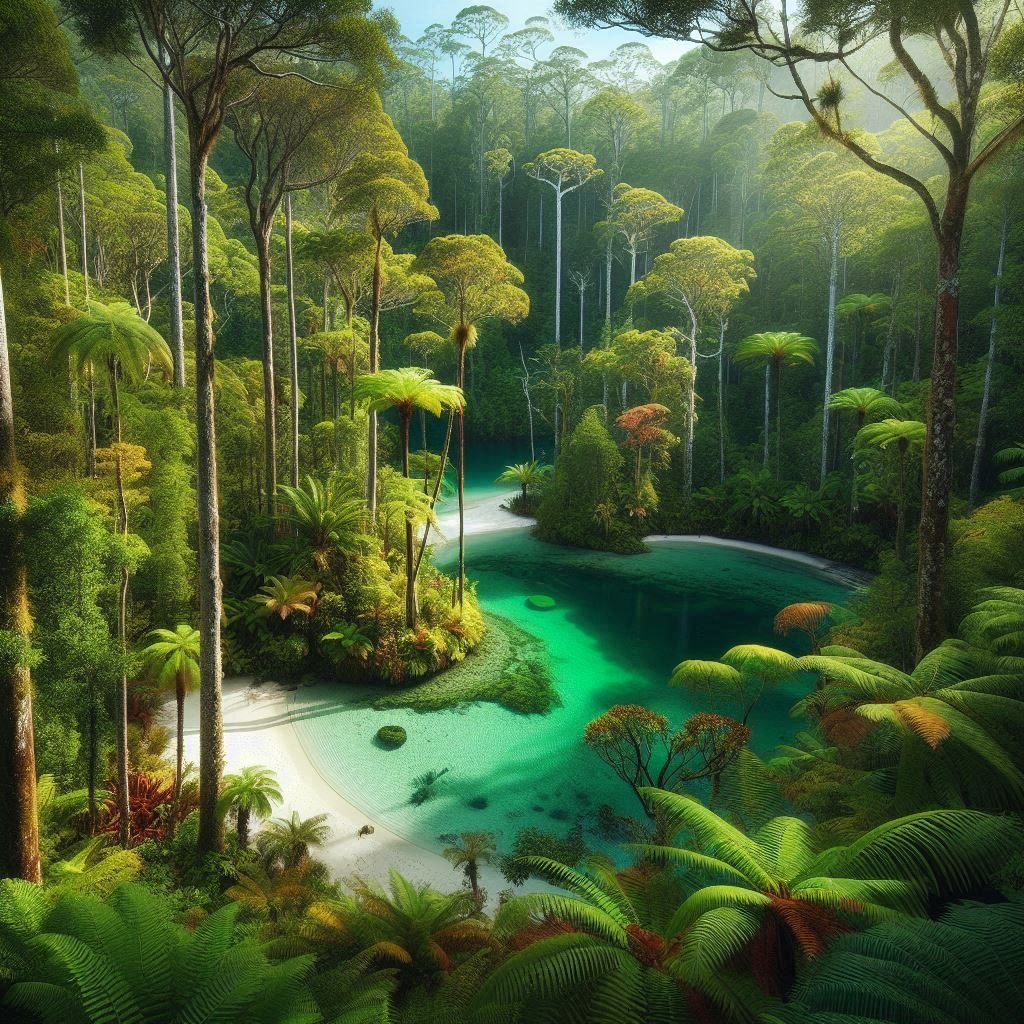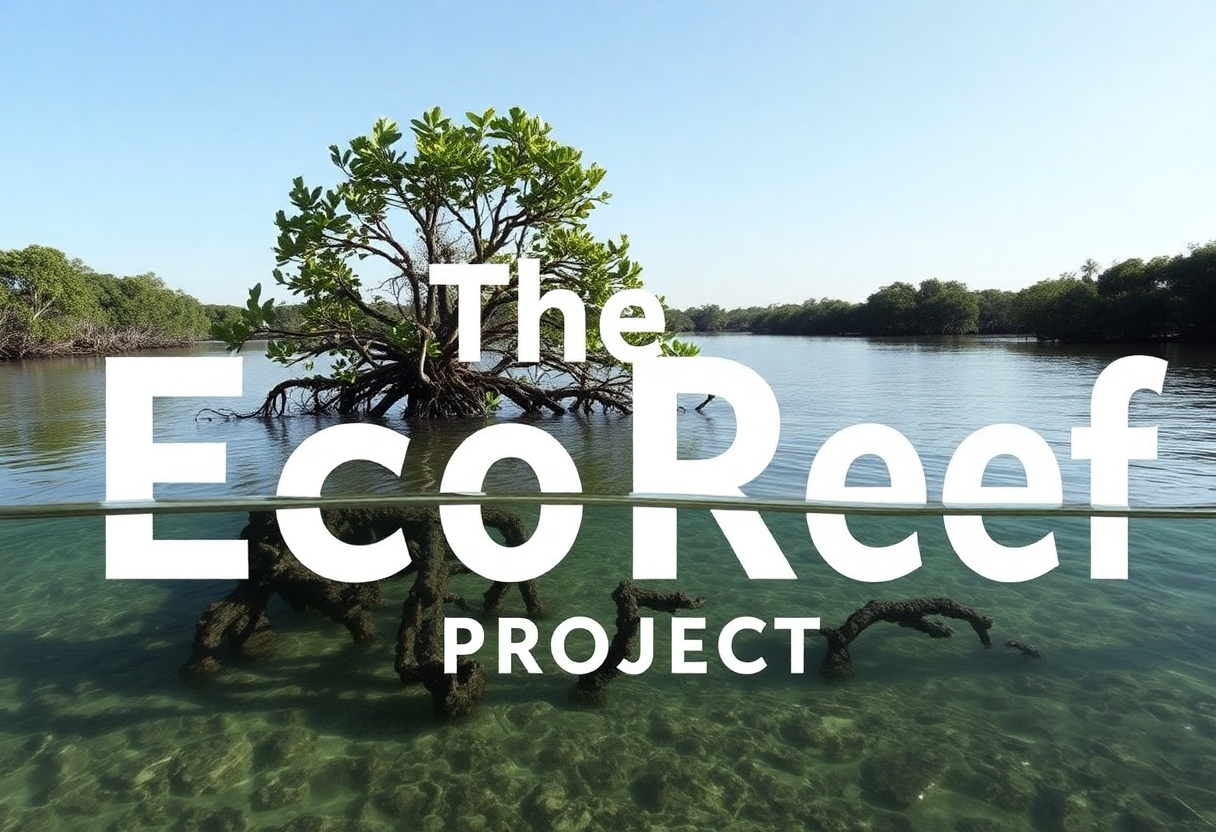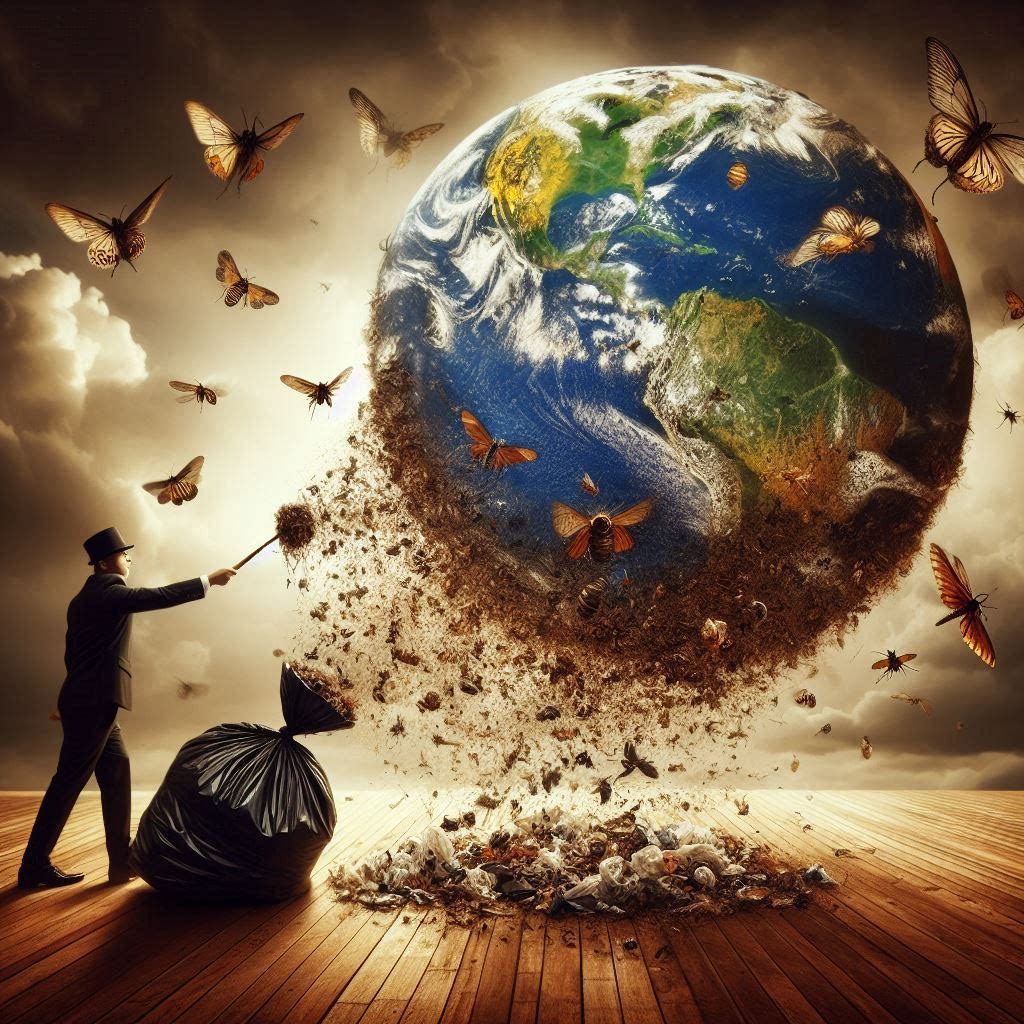Sand and Soil on Sand Ecosystems

The Impact of Sand and Soil on Sand Ecosystems
Sand Ecosystems are complex, interconnected systems where living organisms interact with each other and their physical environment. The composition of the soil, including the presence of sand, plays a crucial role in shaping these sand ecosystems. Let’s explore what happens in ecosystems that are all sand, a mixture of sand and soil, or mostly soil with a bit of sand.
All Sand Ecosystems
In sand ecosystems that consist entirely of sand, such as deserts and beaches, life can seem sparse at first glance. However, these environments are home to a variety of specially adapted plants and animals.
Plants in sandy ecosystems, like cacti and succulents, have evolved to conserve water and withstand harsh, dry conditions. Animals, such as desert rodents and reptiles, have adapted to the extreme temperatures by being nocturnal and burrowing underground during the day.
However, the lack of nutrient-rich soil can limit the diversity and abundance of life in these ecosystems. The loose structure of sand also makes it difficult for water to be retained, further challenging the survival of many species.
Mixed Sand and Soil Ecosystems
Ecosystems with a mixture of sand and soil, such as savannas and certain types of forests, often support a greater diversity of life. The presence of soil provides essential nutrients, while the sand improves drainage and prevents water-logging.
This combination allows a wider variety of plants to thrive, from grasses and shrubs to large trees. These plants, in turn, provide food and shelter for a diverse array of animals. The balance between sand and soil can significantly influence the types of species that an ecosystem can support.
Mostly Soil Ecosystems
In ecosystems that are mostly soil with a bit of sand, such as deciduous forests and prairies, the high nutrient content of the soil supports a rich diversity of plant and animal life. The small amount of sand can help improve soil structure and drainage, benefiting plant growth.
These sand ecosystems often support large trees and a variety of understory plants, creating a multi-layered habitat for animals. The rich soil also supports a diverse community of decomposers like earthworms and fungi, which play a crucial role in nutrient cycling.
Ecosystem Dynamics in Deserts and Dry Areas
Deserts and other dry areas present a unique set of challenges for life. The predominance of sand and the scarcity of water shape these ecosystems in fascinating ways.

Water Conservation
In desert ecosystems, water is a precious resource. Plants and animals have evolved various strategies to conserve water. For example, many desert plants have thick, waxy coatings to reduce water loss, and some animals get the moisture they need from their food, reducing their need for drinking water.
Soil and Sand Ecosystem Interactions
The sandy soil in deserts and dry areas has a loose structure, which allows water to drain quickly. While this can prevent waterlogging, it also means that water is not retained in the soil for long. As a result, plants must adapt to extract water quickly or develop deep root systems to reach underground water sources.
Impact on Waterways
The rapid drainage of water in sandy ecosystems also affects local waterways. Streams and rivers in deserts are often ephemeral, flowing only in response to specific rainfall events. These waterways can be crucial lifelines, providing much-needed water to plants and animals and supporting a burst of life when they flow.
Biodiversity and Adaptations
Despite the harsh conditions, deserts and dry areas are home to a surprising array of life. From hardy shrubs and cacti to reptiles, rodents, and a multitude of insects, these organisms have all adapted to the challenging conditions. Some animals are nocturnal, avoiding the daytime heat, while others burrow underground to escape the harsh sun.
Deserts and dry areas, while seemingly inhospitable, are vibrant ecosystems full of life. Understanding how these ecosystems function can help us appreciate the resilience of nature and the importance of conserving these unique habitats.

In-Depth Conclusion
The composition of sand and soil in an ecosystem is a fundamental factor that shapes the biodiversity and functionality of the ecosystem. From deserts composed entirely of sand to lush forests rich in soil, the balance between these two components can significantly influence the types of species that an ecosystem can support.
In sandy ecosystems like deserts and beaches, life has adapted to conserve water and withstand harsh conditions. These adaptations showcase the resilience and ingenuity of nature in the face of adversity. However, the lack of nutrient-rich soil and water retention can limit the diversity and abundance of life.
In contrast, ecosystems with a mixture of sand and soil or those dominated by soil, such as coastlines, savannas, forests, and prairies, support a greater diversity of life. The presence of soil provides essential nutrients, while sand improves drainage, creating an environment where a wide variety of plants and animals can thrive.
The impact of these soil compositions extends to our waterways. In sandy ecosystems, water drains quickly, often leading to scarce water resources. In contrast, soil-dominant ecosystems can retain water better, supporting richer and more stable waterways.
However, these ecosystems are not static. Changes such as soil erosion, desertification, and human activities can disrupt the balance, leading to loss of species and ecosystem services. Understanding the dynamics of sand and soil in ecosystems is crucial for conservation efforts and making informed decisions about land use.
Whether an ecosystem is all sand, a mixture of sand and soil, or mostly soil with a bit of sand, each presents unique challenges and opportunities for the life it supports. By understanding these dynamics, we can appreciate the incredible adaptability of nature, the importance of conserving diverse habitats, and our role in protecting these precious ecosystems.
Join the Discussion
We hope this exploration of sand and soil in ecosystems has sparked your curiosity and deepened your understanding of these fascinating dynamics. Now, we’d love to hear from you!
Have you observed any interesting adaptations in plants or animals in sandy or soil-rich ecosystems?
What are some conservation efforts you know of that aim to preserve these diverse habitats?
How do you think climate change might impact these ecosystems?
Share your thoughts, experiences, and questions on sand ecology in the comments below. Let’s continue the conversation and learn from each other. Remember, every observation and idea contributes to our collective understanding of these complex ecosystems.
#Ecosystems #Biodiversity #Conservation #Nature #Soil #Sand #DesertLife #ForestLife #Waterways #Adaptation #ClimateChange #Sustainability #Environment #Habitats #Wildlife #Flora #Fauna #Ecology #Earth #Planet #Green #Outdoors #Explore #Research #Science #Biology #Life #EarthScience #NaturalWorld #MotherNature










